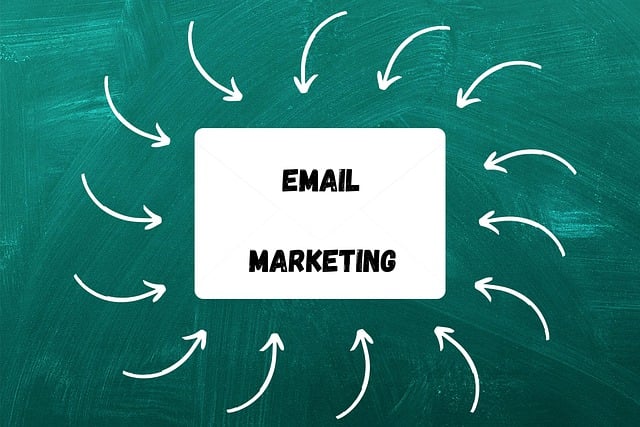Running successful multi-location restaurants requires precise sales forecasting, traditionally a labor-intensive process prone to errors. AI tools for multi-location restaurant management leverage machine learning algorithms to analyze historical data, real-time trends, and external factors, offering accurate, location-specific forecasts. These insights enable managers to optimize inventory, pricing, and staffing, leading to improved operational efficiency and business performance. By integrating specialized AI solutions tailored to multi-location needs, training models with historical data, conducting pilot tests, and fostering a data-driven culture, restaurateurs can maximize the benefits of AI in restaurant management.
In the dynamic landscape of multi-location restaurant management, predicting sales can be a complex challenge. With varying footfall, seasonal trends, and diverse menu offerings across multiple outlets, accurate forecasting is crucial for optimizing inventory, staffing, and overall business performance. This article explores how AI tools are revolutionizing sales forecasting in the restaurant sector, offering insights into the challenges, benefits, and step-by-step implementation guide for restaurants looking to harness the power of artificial intelligence.
- Understanding the Challenges of Multi-Location Restaurant Management
- The Role of AI Tools in Optimizing Sales Forecasting
- Implementing AI Solutions: A Step-by-Step Guide for Restaurants
Understanding the Challenges of Multi-Location Restaurant Management

Running a successful multi-location restaurant business is an intricate task, often fraught with challenges unique to its scale and complexity. One of the primary hurdles is sales forecasting—a critical process for strategic decision-making that requires accurate data and deep insights across multiple outlets. Traditional methods can be labor-intensive, prone to human error, and unable to keep up with the dynamic nature of restaurant operations.
AI tools for multi-location restaurant management offer a transformative solution. By leveraging machine learning algorithms, these AI platforms analyze vast amounts of historical sales data, real-time trends, and external factors like local events and weather patterns. This enables them to provide precise sales forecasts tailored to each location, helping restaurateurs optimize inventory, pricing strategies, and staffing levels accordingly. With AI-driven insights, restaurant managers can make informed decisions, improve operational efficiency, and ultimately enhance overall business performance.
The Role of AI Tools in Optimizing Sales Forecasting

AI tools are transforming sales forecasting, especially in complex industries like multi-location restaurant management. By analyzing vast historical data, including customer behavior, seasonal trends, and marketing campaign impacts, AI algorithms can identify patterns and make accurate predictions about future sales. This allows restaurant groups to optimize menu pricing, inventory management, and staffing levels across multiple outlets, ensuring each location operates efficiently and profitably.
These AI tools leverage machine learning models to continuously learn and adapt from new data inputs, improving forecast accuracy over time. They also provide actionable insights, enabling restaurant managers to make data-driven decisions quickly. For multi-location businesses, this means streamlined operations, better resource allocation, and ultimately, enhanced overall performance.
Implementing AI Solutions: A Step-by-Step Guide for Restaurants

Implementing AI solutions can be a game-changer for restaurants managing multiple locations. Here’s a step-by-step guide to help navigate this process:
1. Assess Current Systems and Needs: Begin by evaluating your existing restaurant management systems, processes, and pain points. Identify areas where AI tools could streamline operations, such as sales forecasting, inventory management, or customer behavior analysis. Understand the specific requirements of each location to ensure a tailored AI implementation.
2. Choose the Right AI Tools: Select AI solutions designed for multi-location restaurant management. Look for platforms that offer features like automated sales forecasting, predictive analytics for demand planning, and centralized data management. Consider tools capable of integrating with your existing systems and providing actionable insights. This might include AI-driven customer relationship management (CRM) software or specialized restaurant management systems with AI capabilities.
3. Data Preparation and Training: AI models rely on quality data. Prepare and organize historical sales data, menu items, pricing structures, and other relevant information for each location. Train the AI models using this data to ensure accurate predictions and recommendations. This step is crucial for precise sales forecasting and ensuring the system learns from your unique business patterns.
4. Pilot Testing: Before full-scale implementation, conduct pilot tests with a small subset of locations. This allows you to identify any issues or adjustments needed in the AI models and processes. Feedback from front-line staff during this phase is invaluable for refining the solution before wider adoption.
5. Employee Training and Adoption: Equip your team with the necessary training to use the new AI tools effectively. Address any concerns and showcase how these solutions can simplify tasks, improve decision-making, and enhance overall operational efficiency. Encouraging a culture of data-driven decisions will facilitate successful long-term integration of AI into restaurant management practices.
AI business sales forecasting solutions, particularly tailored for the complex landscape of multi-location restaurant management, offer a transformative approach. By leveraging AI tools, restaurants can optimize their sales predictions, enhance operational efficiency, and make data-driven decisions. Implementing these solutions isn’t as daunting as it seems; following a structured guide ensures a seamless transition. Embracing AI in sales forecasting is no longer an option but a necessity for restaurants aiming to stay competitive and profitable in today’s dynamic food industry.
